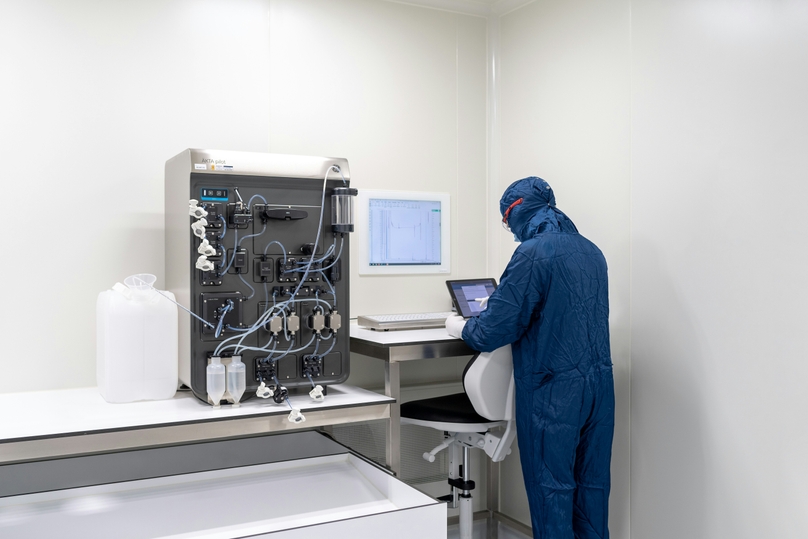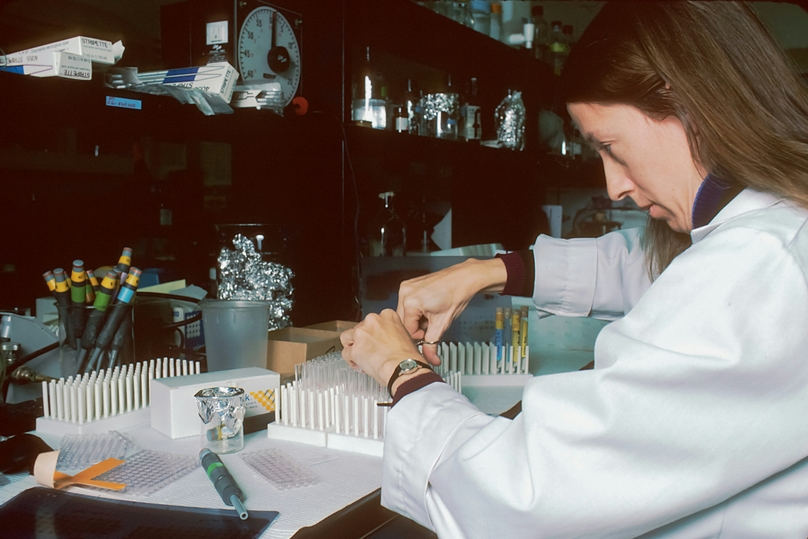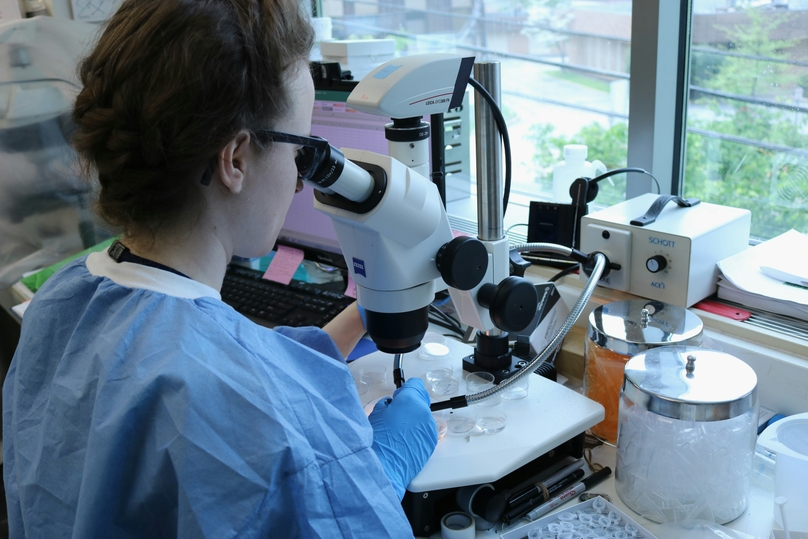Biological experiments are fundamental in scientific research, but they are often prone to a variety of errors that can compromise their validity and reliability. Understanding these biological lab errors and how lab automation can help mitigate them is crucial for improving the outcomes of research.
Common Sources of Error in Biological Experiments
Human Error
Human error, often stemming from the repetitive and tedious nature of laboratory tasks, constitutes one of the most prevalent sources of inaccuracies in biological research. These errors encompass a spectrum, ranging from simple mislabeling of samples to inaccuracies in data entry and calculation. Despite rigorous protocols, the human element introduces the potential for mistakes, highlighting the importance of robust quality control measures.
Sample Contamination
Contamination of samples poses a significant threat to the integrity of experimental results and can manifest at any stage of the research process. From collection to storage to analysis, samples are vulnerable to external agents that can alter their physical, chemical, or biological properties. Even minute levels of contaminants can skew results, underscoring the necessity for stringent contamination prevention protocols and meticulous attention to sample handling procedures.
Equipment Calibration and Maintenance Issues
The precision and reliability of experimental outcomes hinge upon the accuracy of laboratory equipment. Inaccuracies in measurement often stem from inadequately calibrated instruments or equipment that is not regularly maintained. Over time, factors such as wear and tear can compromise the performance of instruments, leading to deviations in results.
Variability in Biological Materials
Biological materials, whether they are cell cultures, tissues, or biochemical reagents, are inherently variable. This variability can introduce inconsistencies in experimental outcomes, particularly when comparing results across different batches or experiments.
How Lab Automation Minimizes Errors
Reducing Human Error with Automated Systems
Automated systems handle repetitive tasks with high precision and minimal human intervention. For example, automated pipetting systems can perform liquid handling tasks more consistently than manual methods, reducing the risk of volume discrepancies and human error.
Streamlined Lab Organization and Collaborative Editing
With tools like Genemod's lab organization and collaborative editing, scientists can reduce clutter and streamline workflows. These platforms ensure that all team members have access to the latest data and protocols, reducing miscommunication and errors associated with manual data management.
Ensuring Sample Integrity
Automation technology can help in precisely controlling the environment in which samples are handled and processed. Automated incubators, for example, can maintain optimal growth conditions for cell cultures, minimizing the risk of contamination and variability.
Regular Calibration and Maintenance
Automated systems often come with integrated monitoring that can alert laboratory managers to calibration and maintenance needs. This proactive approach ensures that all equipment functions accurately, maintaining the integrity of experimental results.
Standardizing Procedures
Automation helps standardize experimental procedures, making them less susceptible to variations in technique between different operators. This standardization is crucial when experiments require exact replication of conditions and procedures to validate results.
A Central Protocol Hub
Using a protocol hub, laboratories can centralize their experimental protocols, ensuring that all team members follow the same standardized procedures. This minimizes variations in experimental setup and execution, which are common sources of error in biological research.
Enhancing Data Collection and Analysis
Lab automation software not only automates physical tasks but also improves data collection and analysis. Automated systems can directly capture data from experiments, reducing the risk of transcription errors and allowing for real-time data analysis. This immediacy helps in quickly identifying anomalies that may indicate procedural errors or equipment malfunctions.
Effortless Protocol Management and Collaboration
With platforms providing effortless protocol management and collaboration, researchers can easily update and distribute protocols across the team. This ensures that all members are up-to-date with the latest methods, further reducing variability in experimental execution.
Visualize Your Inventory
Effective management of laboratory inventory is critical for the smooth operation of experiments. By using lab inventory management software, labs can maintain an accurate and visualized inventory that tracks reagent usage, storage conditions, and expiration dates. This not only prevents the usage of degraded or contaminated reagents but also ensures that inventory levels are adequately maintained to prevent delays in research activities.
The integration of lab automation into biological research addresses many common sources of error, enhancing both the reliability and efficiency of experiments. By automating routine tasks, standardizing procedures, and improving data handling, labs can significantly reduce biological lab errors, leading to more credible and reproducible research outcomes.
At Genemod, we're committed to advancing the field of life sciences through our innovative solutions. Explore how our tools can transform your research by enhancing accuracy, efficiency, and collaboration. Let us help you achieve groundbreaking scientific breakthroughs with less hassle and more precision. Visit us today to learn more about how our solutions can support your research needs.


















